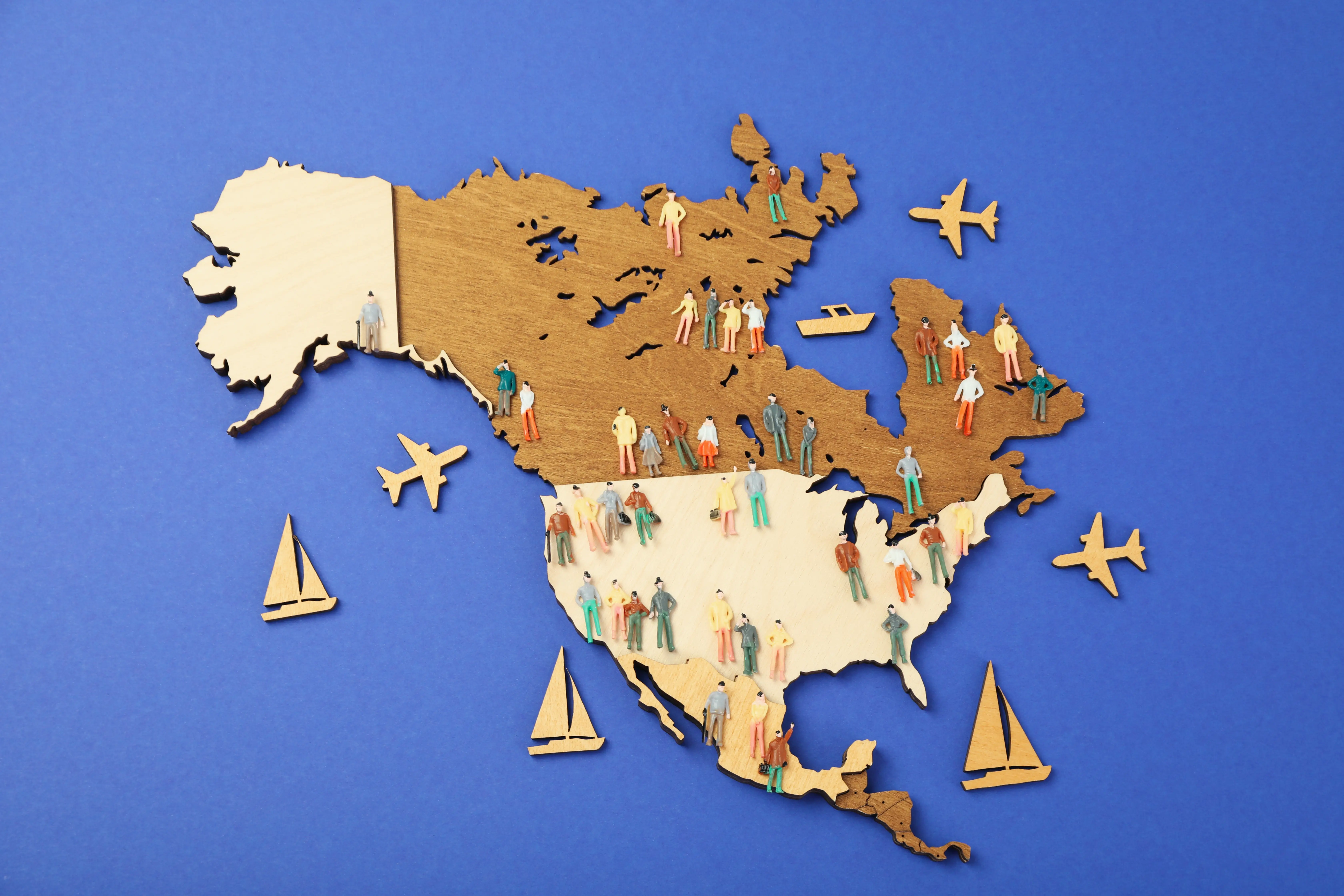Key Takeaway: You can have an amazing vacation without breaking the bank by combining smart planning, strategic timing, and savvy money-saving techniques.
Table of Contents
Let me share something with you: I used to be that person who’d return from vacation with a pit in my stomach, dreading the credit card bill. But after years of travel experience (and some expensive lessons learned), I’ve mastered the art of planning incredible trips without overspending. Today, I’m going to show you exactly how to do the same.
1. Start with a Realistic Budget (And Actually Stick to It)
You know that feeling when you say you’ll stick to a budget, but somehow end up spending twice as much? Been there. The key is setting a realistic budget before you start planning anything else. Here’s my foolproof method:
- Calculate your total available funds
- Subtract 15% as a safety buffer (trust me on this one)
- Break down your remaining budget into categories:
- Transportation (30-40%)
- Accommodation (25-35%)
- Food and activities (20-30%)
- Miscellaneous (10-15%)
Pro Tip: Want to make your money work harder? Check out our guide on 5 Steps to Creating a Budget That Helps You Save More. The same principles apply to vacation planning!
2. Master the Art of Timing
Here’s something most travel sites won’t tell you: timing isn’t just about booking in advance – it’s about strategic planning. I’ve found these timing tricks to be game-changers:
Best Times to Book:
| Travel Component | Optimal Booking Window | Potential Savings |
| Flights | 3-4 months ahead | 20-30% |
| Hotels | 2-3 months ahead | 15-25% |
| Activities | 1-2 weeks ahead | 10-40% |
Money-Saving Hack: Travel during shoulder season (just before or after peak season). You’ll get almost-perfect weather at significantly lower prices.

3. Embrace Alternative Accommodations
Remember when hotels were the only option? Those days are long gone! I’ve discovered some incredible alternatives that can cut your accommodation costs in half:
- Vacation rentals (often cheaper for groups)
- House-sitting opportunities
- Local guesthouses
- Hostels with private rooms (they’re not what they used to be!)
Personal Experience: Last summer, I saved $800 by choosing a charming apartment rental over a hotel in Barcelona. The bonus? I got to live like a local and cook some meals at home.
4. Transportation Tricks That Actually Work
Let’s talk about getting there (and around) without emptying your wallet. Here’s what I’ve learned works best:
- Use flight price tracking tools and set alerts
- Consider nearby airports (sometimes worth the extra drive)
- Research public transportation at your destination
- Look into weekly transit passes instead of daily tickets
If you’re worried about managing travel expenses, you might find our article on 9 Strategies for Effective Debt Management Without Extra Fees helpful for organizing your travel fund.
5. Food and Activities: Where Smart Planning Shines
Here’s where most people overspend, but I’ve got some clever workarounds:
Food Savings:
- Book accommodations with kitchen access
- Research local markets and grocery stores
- Mix dining out with self-prepared meals
- Follow local food blogs for affordable authentic experiences
Activity Savings:
- Look for free walking tours
- Research museum free days
- Use local tourism cards
- Book activities through local providers
Smart Tip: Many cities offer tourism passes that include both transportation and attraction entries – often at significant savings.

6. Use Technology to Your Advantage
The right apps and websites can be your best friends for savings. Here are my top picks:
- Price comparison apps for flights and hotels
- Local deal apps for activities
- Currency conversion apps to avoid exchange rate surprises
- Budget tracking apps to monitor spending
Remember, managing vacation expenses is similar to managing any investment. For more money-management insights, check out 8 Common Mistakes New Investors Make and How to Avoid Them.
7. Build in Buffer Room (Both Time and Money)
I’ve learned this the hard way: rushing equals overspending. Here’s how to avoid it:
- Plan buffer days in your schedule
- Keep 15% of your budget as contingency
- Allow flexible time for spontaneous opportunities
- Don’t overpack your itinerary
Want more tips on stress-free planning? Our article on 10 Budget-Friendly Self-Care Practices has great insights that apply to vacation planning too!
Conclusion
Planning a vacation doesn’t have to mean emptying your savings account. By following these seven tips, you can create memorable experiences without the financial stress. Remember, the goal is to return home with amazing memories, not amazing debt.
Want to explore more budget-friendly destinations? Check out our guide to 10 Travel Destinations You Can Visit on a Budget.
FAQs
Q: How far in advance should I start planning my vacation?
A: Ideally, start planning 4-6 months ahead for international trips and 2-3 months for domestic travel. This gives you the best chance at favorable prices.
Q: What’s the best way to avoid overspending while on vacation?
A: Set a daily budget, use cash when possible, track expenses in real-time, and plan major activities in advance to avoid impulse spending.
Q: How can I make my vacation feel luxurious on a budget?
A: Focus on one or two splurge experiences while saving on others, look for upgrade opportunities, and research luxury experiences during off-peak times.
Q: What’s the ideal vacation length for getting the best value?
A: 7-10 days typically offers the best value, allowing you to take advantage of weekly rental rates while having enough time to properly explore without rushing.






